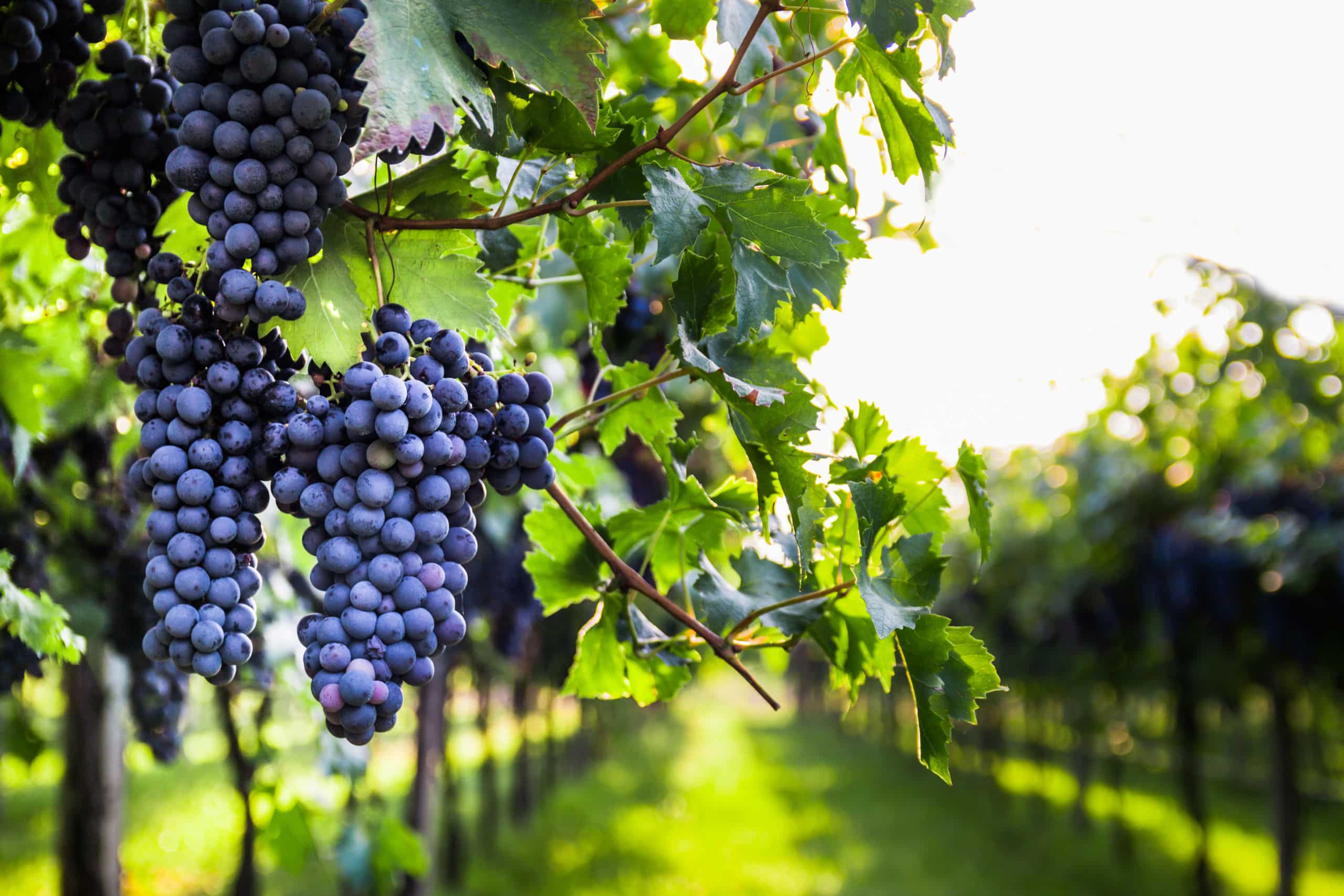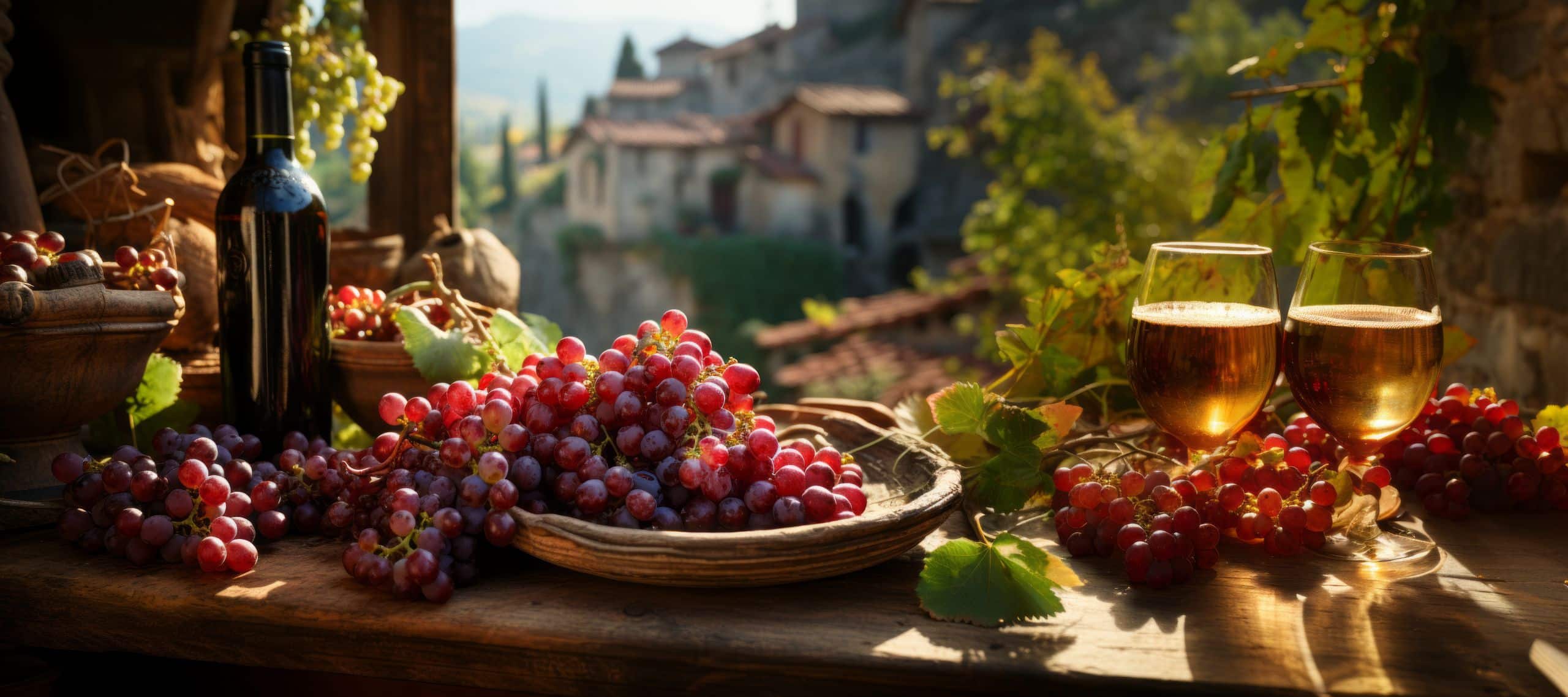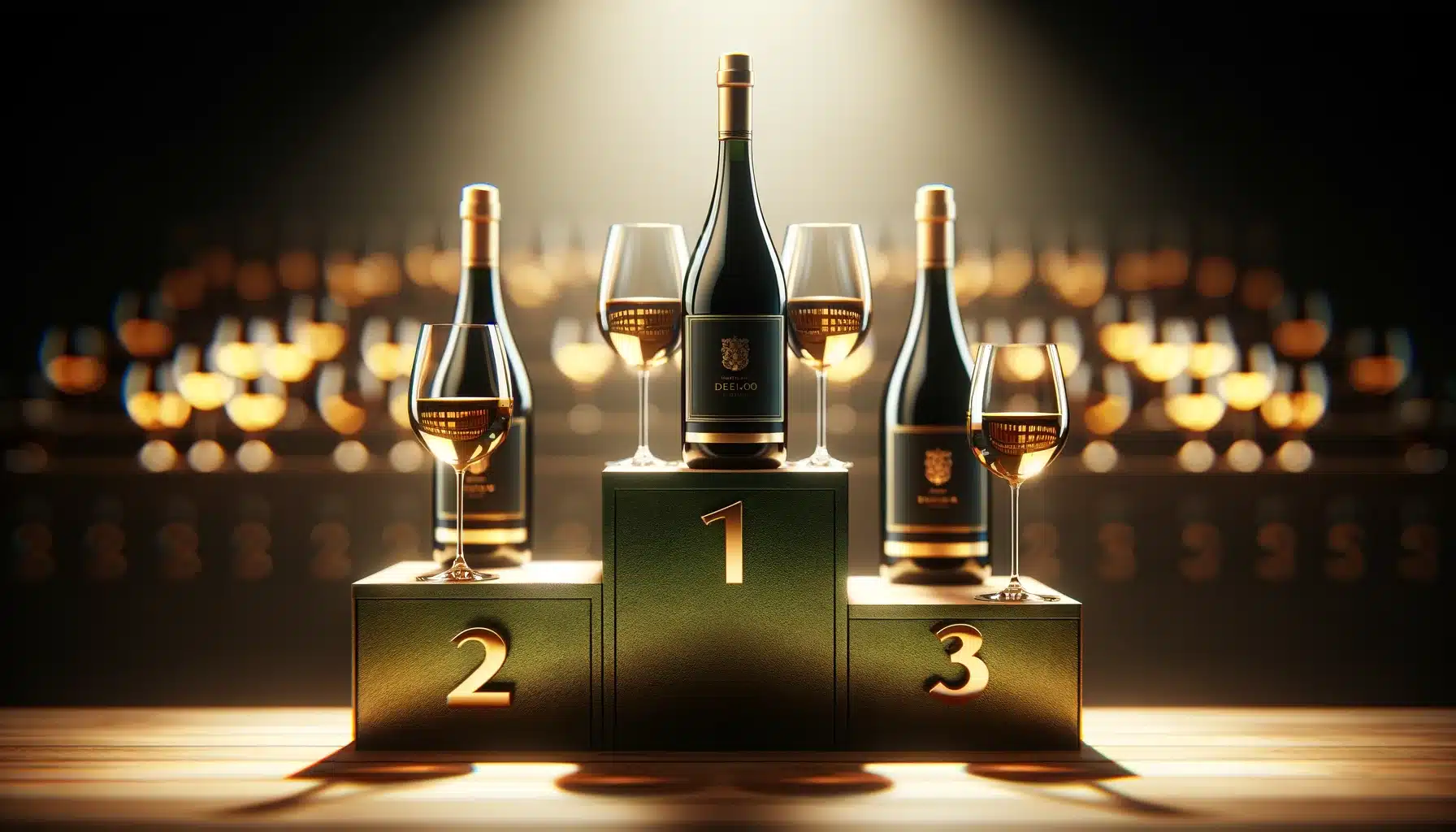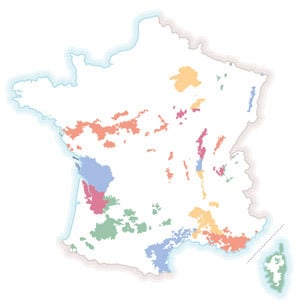
Contents
A dry wine is simply a wine that contains little or no sugar. It is contrasted with sweet wines, which contain sugar. Don’t stop reading now – we’ll tell you more!
What sugar level for a dry wine?
In France, we produce mostly dry wines, especially reds; it’s very rare for a red wine to be sweet! With the exception of vins doux naturels from the south of France (e.g. AOC Maury, AOC Banyuls), sweet red wines are unheard of in France. They are more the preserve of Italy (ex DOCG Amarone della Valpollicella) or Eastern Europe.
On the other hand, on blacs, a sweet white wine is commonplace. This is one of the clues to look for on the label when buying a wine, so as not to be surprised in the mouth! In France, there are many regulations governing wine itself, far more than in other countries around the world. There are 4 categories of wine according to their sweetness level:
– dry: less than 4 g/L (e.g. AOC Chablis)
– demi-sec: from 4 to 18 g/L (ex AOC Vouvray demi-sec) – moelleux: from 18 to 45 g/L (ex AOC Jurançon doux)
– sweet: min 45 g/L (ex AOC Sauternes)
How do you make a dry wine?
The grammage/L corresponds to the quantity of residual sugars contained in the wine after vinification. Normally, yeast transforms the sugars present in grape musts into alcohol during fermentation. But it is still possible to obtain alcoholic wines that still contain sugar (hence the notion of residual sugar). Various techniques are used to achieve this: passerillage, noble rot, chaptalization… On the other hand, to obtain a dry wine, simply allow fermentation to finish so that no (or almost no) sugar remains!
For a wine to be considered good, it has to be balanced, i.e. no one factor, including sweetness, acidity or alcohol, should take precedence over the others.
What are the best dry wines?
When we talk about the “best” wines, we’re of course talking about people’s preferences in general, because wine is above all a question of taste! And as everyone knows, there’s no accounting for taste… So we’ve selected two white wines that are very different in taste… and yet both dry!
The first is an AOC Pouilly Fumé, emblematic of dry Loire Valley wines. Made from Sauvignon Blanc grapes, it contains no residual sugar. We’re talking about a wine that’s lively (acidic) and fresh, straightforward (no fat on the palate to coat the cheeks). Primary aromas of lemon, cut grass and flint are common, especially in younger vintages. It’s a wine to be drunk young, even if its natural acidity means it can theoretically withstand the weight of years.
The second is an AOC Meursault, one of the little princes of Burgundy’s Côte de Beaune. Made from Chardonnay, this is also a dry wine, but quite different this time. On the palate, you’ll notice a real roundness (an oily side), as well as buttery aromas, typical of the grape variety. In Burgundy, wines are often matured in 228L oak barrels, giving the wines woody, vanilla or coconut aromas.
As you can see, there’s something for everyone, even among the dry ones, and the main thing now is to find your favourite!




